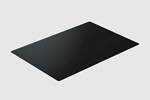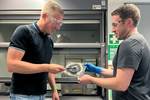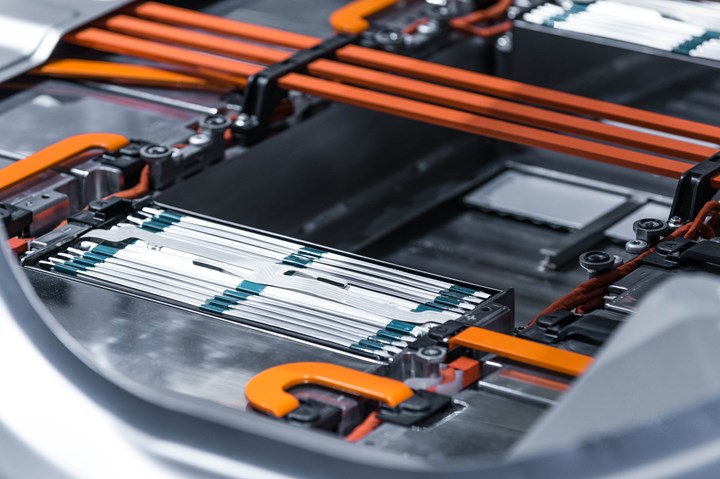Solvay launches Xencor XTreme for battery thermal runaway protection
Long glass fiber-reinforced PPA solution, produced with partially bio-based content, provides resistance to thermal runaway and propagation in EVs.
Share
Solvay (Alpharetta, Ga., U.S.), a global supplier of specialty materials, introduces Xencor XTreme, a new family of long glass fiber (LGF) polyphthalamide (PPA) solutions for battery applications requiring resistance to thermal runaway and propagation.
Xencor XTreme PPA LGF grades are designed to offer optimized resistance to direct flame exposure at 1,000°C for more than 10 minutes, providing sufficient time for passengers to exit the vehicle in the event of a thermal runaway, thus meeting the latest global regulations in Europe, China the U.S. and other countries. The materials are designed to retain a high level of electrical insulation after exposure to flame, helping to mitigate thermal runaway in batteries. More importantly, the material has a high glass transition temperature which enables dimensional stability of the parts under battery operating conditions.
“Xencor XTreme is designed for battery components such as overmolded busbars, module end plates and fixtures, and extends our broad portfolio of battery solutions,” Brian Baleno, head of marketing automotive at Solvay, says. “This product range gives engineers the freedom to address some of their biggest challenges in terms of safety, power density, security and lightweighting.”
Key benefits of Xencor XTreme include high stiffness, strength and impact resistance, electrical insulation with a comparative tracking index of >600 volts and high dielectric strength.
Related Content
-
CirculinQ: Glass fiber, recycled plastic turn paving into climate solutions
Durable, modular paving system from recycled composite filters, collects, infiltrates stormwater to reduce flooding and recharge local aquifers.
-
Composite wrap system combats corrosion in industrial tank repair
A fiberglass and carbon fiber composite wrap system enabled an Australian nickel mine to quickly repair a stainless steel ammonium sulphate feed tank and protect against future corrosion.
-
Automotive chassis components lighten up with composites
Composite and hybrid components reduce mass, increase functionality on electric and conventional passenger vehicles.














